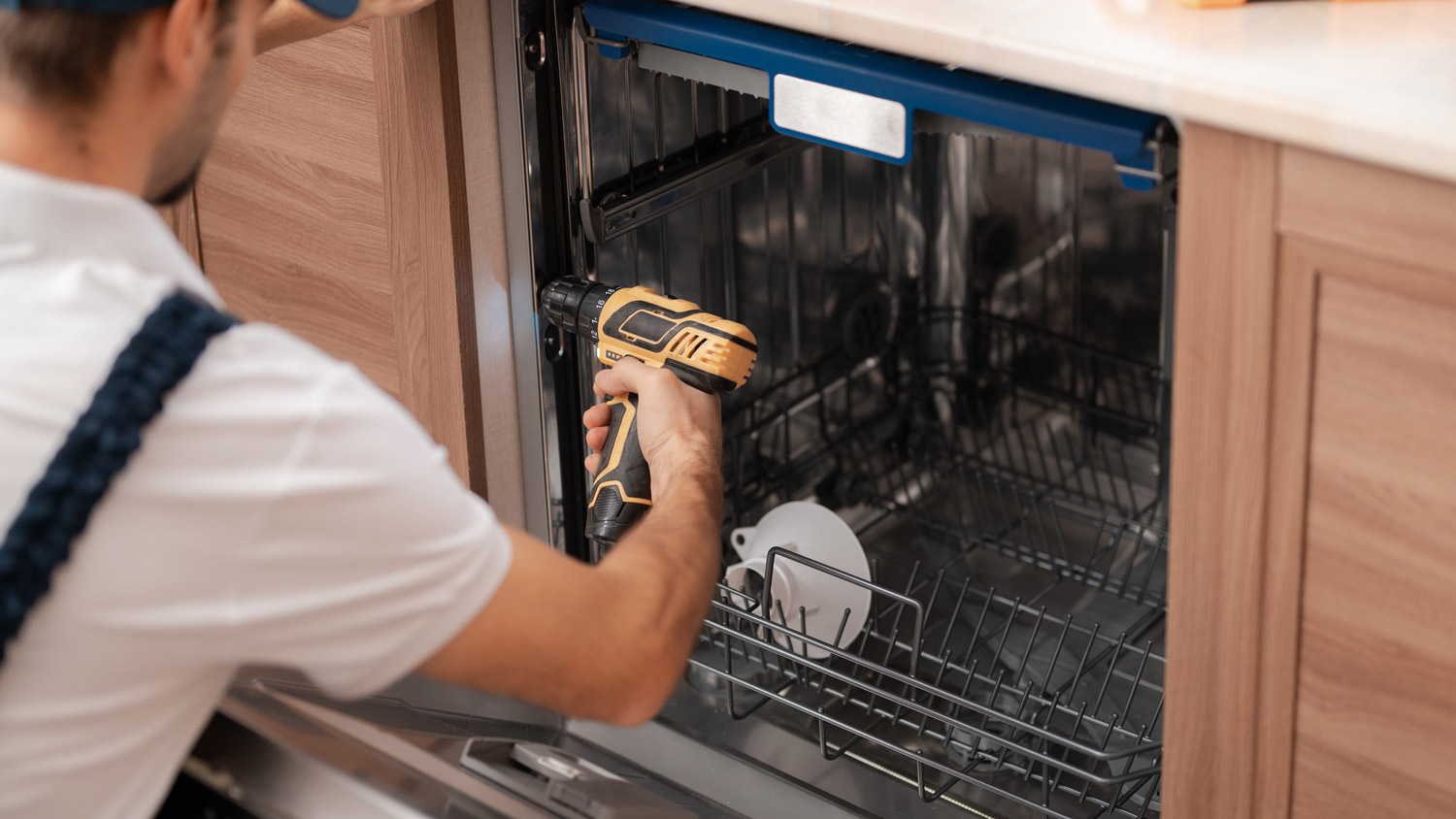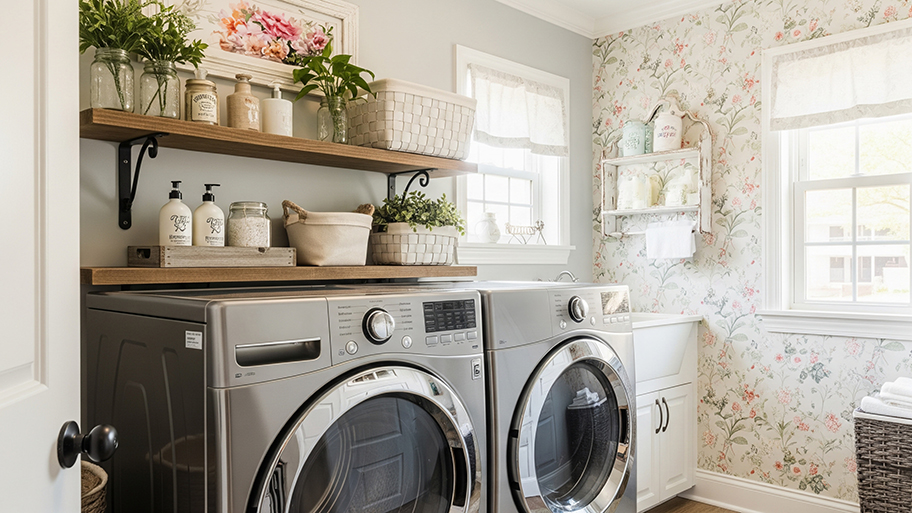
Get matched with top gas log pros in Blue Earth, MN
Enter your ZIP and get matched with up to 5 pros
Need a pro for your gas log service project in Blue Earth, MN?
Find Gas log pros in Blue Earth
ELECTRIC SERVICE CO, INC
ELECTRIC SERVICE CO, INC
Electric Service has been in business since 1942 and will be here for many years to come. Each of our experienced staff members have been working in their areas of expertise for many years. We are both reliable and responsible. Free estimates are offered for larger heating, cooling, electrical and plumbing projects. We are your one stop for all your new construction and repair projects.
Electric Service has been in business since 1942 and will be here for many years to come. Each of our experienced staff members have been working in their areas of expertise for many years. We are both reliable and responsible. Free estimates are offered for larger heating, cooling, electrical and plumbing projects. We are your one stop for all your new construction and repair projects.
The homeowners guide to home care is here
From average costs to expert advice, get all the answers you need to get your job done.
 •
•Discover the average dishwasher installation cost, key price factors, and tips to save on your project. Get transparent, expert-backed estimates.

The cost to relocate washer and dryer hookups varies based on location, as well as whether your moving the appliances and adding new hookups. We’ve compiled a full price breakdown here.

Installing a gas dryer can help you save on your monthly energy bills. Depending on whether you need a new gas line, gas dryer installation costs will vary greatly.

You can replace a heating element in an oven in less than one hour by shutting off power, removing screws, and swapping it out after checking for continuity.

Refrigerators comprise many different parts. Understanding what they are and how they function will help you maintain it and troubleshoot problems.

Gas dryers offer great energy efficiency for homes. If you're an expert DIYer, learn how to install a gas dryer to handle all of your laundry.